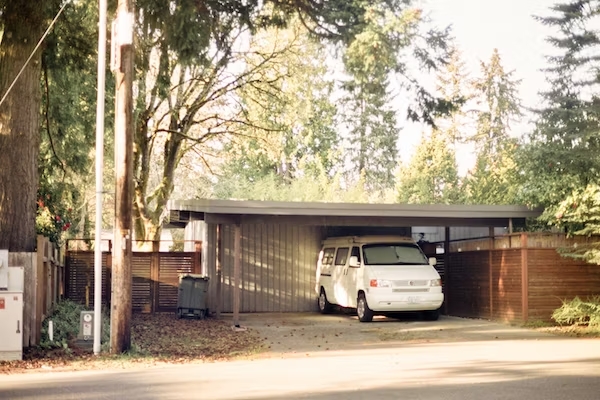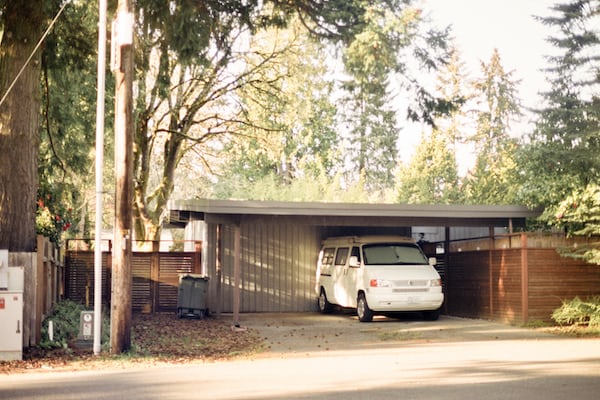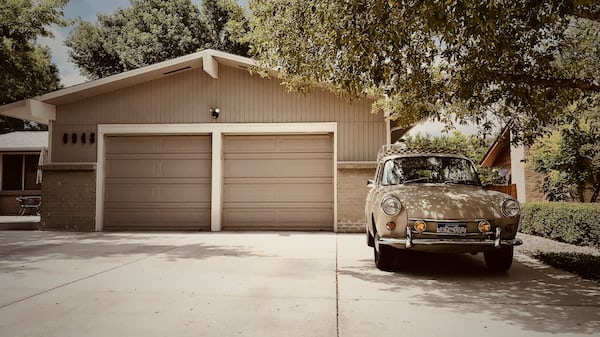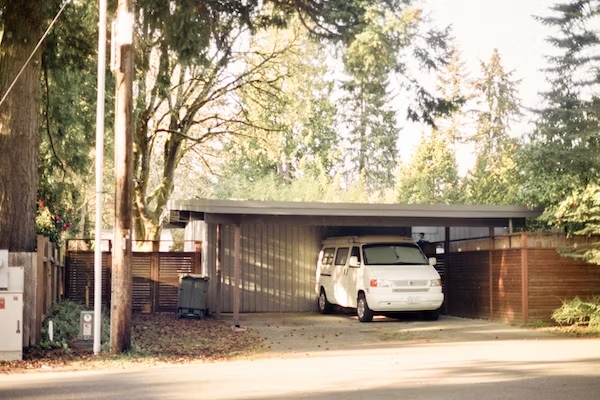Shape of Carport Roof: A major reason for determining carport’s Strength and Stability


Is Colorbond Steel carports the best suit for my Backyard!
August 11, 2023

Little-known facts about American Barns you knew nothing about
August 14, 2023The design of the carport roof is critical to the strength and stability of a certain carport. This is because there are several possibilities for installing a roof for your carport, ranging from a flat roof to a dutch gable roof. Each of these solutions offers advantages, but they also have problems as well.
Flat Roof or Skillion Roof Carport
Your garage should not just protect your vehicle from the sun, rain, and other potentially damaging elements. Instead, it should also help to improve the outward appearance of your property. Typically, a flat-roof carport will not require additional support beyond the usual casing. As a result, it remains pristine and open on the outside. You’ll also notice that flat roof carports are more stable and easier to access than more sloping garages. The stability of a flat roof reduces as its area grows. They are easy to clean since they are level. A flat roof carport is not only simple to maintain, but it also has a calculated rooftop slope that allows leaves and other debris to slide off and not accumulate on the surface. A flat roof’s lack of strength is a significant drawback. A flat roof should be able to endure wind pressure equivalent to 10mph without being damaged, according to industry standards. If this is insufficient, you will need to include rain gutters or other elements with your new carport to guarantee that rainwater does not cause damage. But at the same time, they are good at stability. Flat rooftops are often easier to reach than sloping roofs. They are easier to inspect since they are higher up. When climbing on a roof, one should use extreme caution. Flat roofs are significantly safer and easy to inspect. When the building is tiny, flat roofs are significantly more stable than sloped roofs.
Gable Roof Carport
A Gable carport’s roof has two slanted sides and a gable at each end. When correctly designed and built, this type of carport will appear to be a natural extension of your home. Because of its unique combination of antique grandeur and clean aesthetics, a Gable roof carport is also known as a pitched roof. It is the most common type of carport. It features a triangle structure, with each corner bending downwards. It works effectively in areas where there is a lot of rain or snow. This is the most common form of carport and home in general. There’s a reason this is one of the most popular types of carport roofs: it’s a quick and easy roof to build that doesn’t require skilled craftsmanship.
Dutch Gable Carport
This is a standard gable roof with parapets. Dutch gable carports are ideal for vintage and colonial structures, and they also make a great alternative for an outdoor gathering space. The Dutch gable roof is a hybrid of the gable and hip roof styles. A gable extension is positioned on top of a hip roof to increase the overall elevation of the roof design. The Dutch gable differs from the gable roof in that it lacks vertical beams. The carport is simple to construct, but it requires a large amount of lumber, which is expensive. This design efficiently combines a hip roof’s greater stability and water disposal with a gable roof’s increased spaciousness.
Because of its greater drainage, a gable roof is more resistant to heavy rain and can endure falling debris such as leaves. Flat roofs, on the other hand, are more resistant to high winds. Therefore the strength and stability depend upon the weather of the place where it needs to place. Aside from particular environmental requirements, the quality of the materials and the construction quality are the most essential factors in the durability of your carport.
Outdoor garages and sheds construct our carports out of Colorbond Steel and aluminium to guarantee that they can endure the weather. We have a variety of colours and styles to meet your vision when it comes to configurable features. Not sure what you’re looking for? We are pleased to walk you through the entire process so that you end up with a carport you adore.




